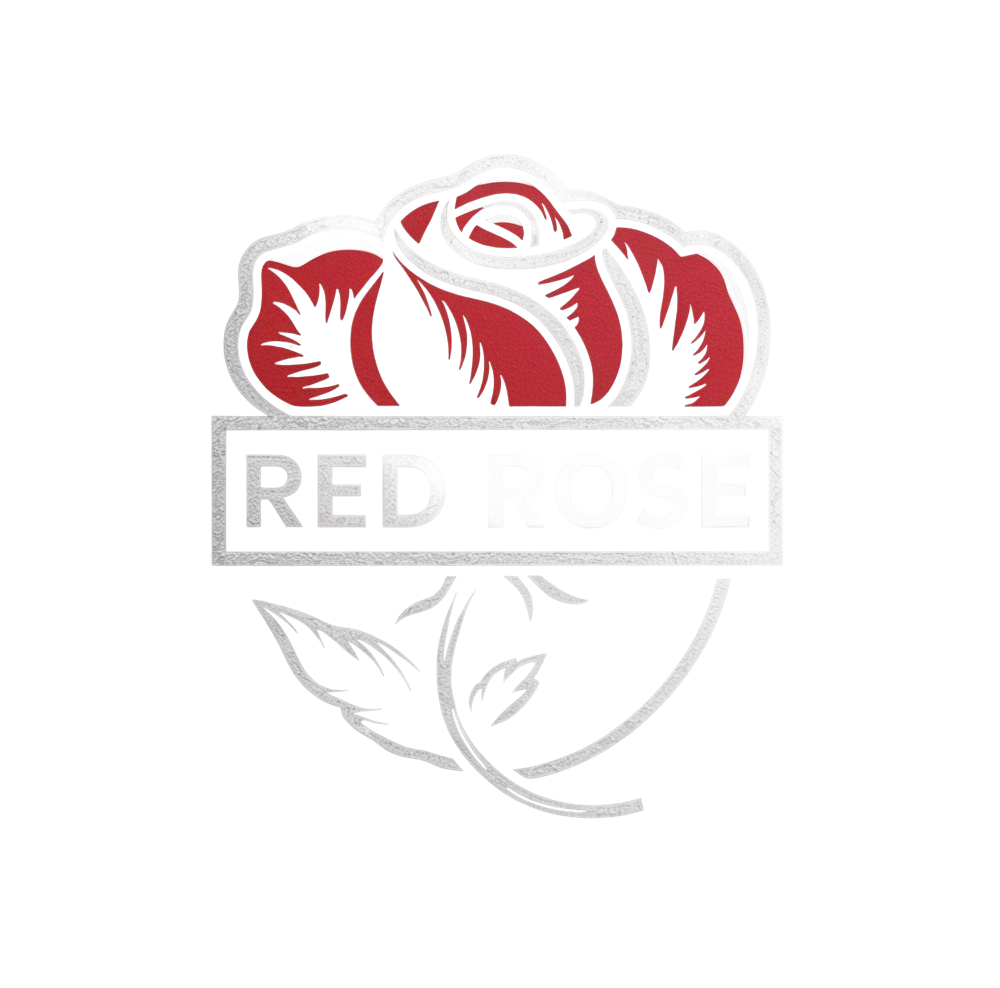
In today's fast-paced and ever-changing business landscape, having a well-crafted long-term strategy is crucial for success. A long-term business strategy serves as a roadmap, guiding your organization towards its goals and objectives. It helps you navigate through challenges, capitalize on opportunities, and make informed decisions that drive growth and profitability.
At Solstice Consulting Inc., we understand the importance of long-term planning and have helped numerous businesses develop and implement successful strategies. In this blog post, we will outline the 5 key elements of a successful long-term business strategy.
Element 1: Clear Vision and Mission
A clear vision and mission statement are the foundation of a successful long-term business strategy. Your vision statement should define what you want to achieve in the long term, while your mission statement should outline how you plan to achieve it. A well-crafted vision and mission statement will inspire and motivate your team, guide decision-making, and provide a sense of direction.
Example:
Vision Statement: "To become the leading provider of innovative solutions in the industry."
Mission Statement: "To deliver high-quality products and services that meet the evolving needs of our customers, while fostering a culture of innovation and excellence."
Element 2: SWOT Analysis
A SWOT analysis is a powerful tool that helps you identify your organization's strengths, weaknesses, opportunities, and threats. By conducting a SWOT analysis, you can gain a deeper understanding of your organization's internal and external environment, and develop strategies that leverage your strengths, address your weaknesses, capitalize on opportunities, and mitigate threats.
Example:
- Strengths: Strong brand reputation, skilled workforce, and innovative products.
- Weaknesses: Limited resources, high employee turnover, and inefficient processes.
- Opportunities: Growing demand for sustainable products, emerging markets, and strategic partnerships.
- Threats: Intense competition, economic downturn, and regulatory changes.
Element 3: Measurable Goals and Objectives
Measurable goals and objectives are essential for tracking progress and achieving success. Your goals and objectives should be specific, measurable, achievable, relevant, and time-bound (SMART). By setting SMART goals, you can create a roadmap for success and ensure that everyone in your organization is working towards the same objectives.
Example:
- Goal: Increase revenue by 15% within the next 12 months.
- Objective: Launch a new product line within the next 6 months, which will contribute to the revenue growth goal.
Element 4: Resource Allocation
Resource allocation is critical for achieving your long-term goals and objectives. You need to allocate your resources effectively, ensuring that you have the right people, processes, and technology in place to support your strategy. By allocating your resources efficiently, you can maximize your return on investment and achieve your goals.
Example:
- Allocate 20% of your budget to research and development, to support the launch of new products and services.
- Hire a team of experienced professionals to lead the development of new products and services.
Element 5: Flexibility and Adaptability
Flexibility and adaptability are essential for success in today's fast-paced business environment. Your long-term strategy should be flexible enough to adapt to changing market conditions, customer needs, and technological advancements. By being flexible and adaptable, you can respond quickly to opportunities and threats, and stay ahead of the competition.
Example:
- Develop a flexible business model that can adapt to changing market conditions.
- Encourage a culture of innovation and experimentation, to stay ahead of the competition.
Conclusion
Developing a successful long-term business strategy requires careful planning, analysis, and execution. By incorporating these 5 key elements into your strategy, you can create a roadmap for success that drives growth, profitability, and sustainability. At Solstice Consulting Inc., we can help you develop and implement a successful long-term business strategy that meets your unique needs and goals. Contact us today to learn more.
By following these 5 key elements, you can create a long-term business strategy that drives success and growth for your organization. Remember to stay flexible and adaptable, and to continuously monitor and adjust your strategy to ensure that you remain on track to achieving your goals.






